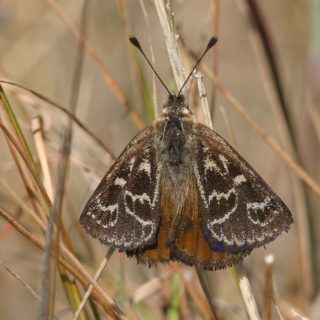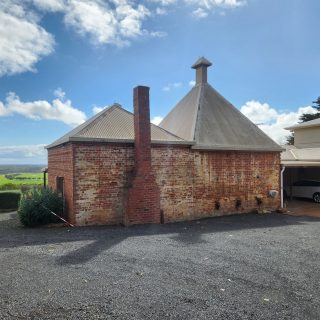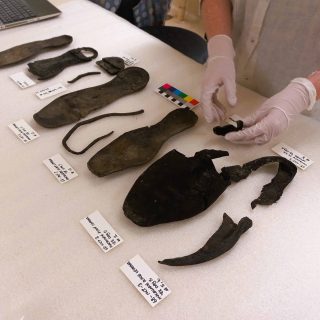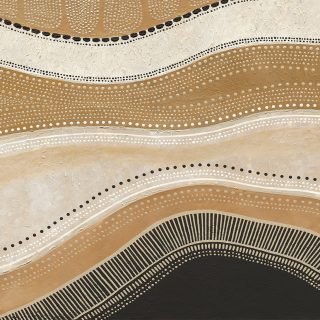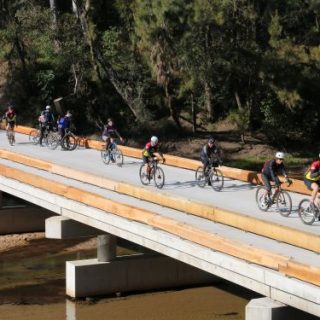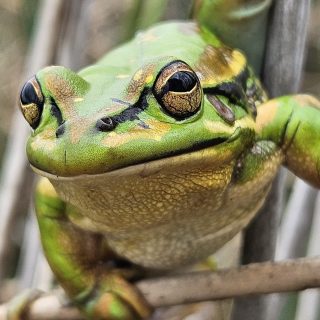Consultant Spotlight: Ashley Bridge, Bioarchaeology Expert
We recently sat down with Senior Heritage Consultant Ashley — our resident expert on bioarchaeology, specifically human remains in NSW—to discuss the significance of the discipline in cultural heritage assessments
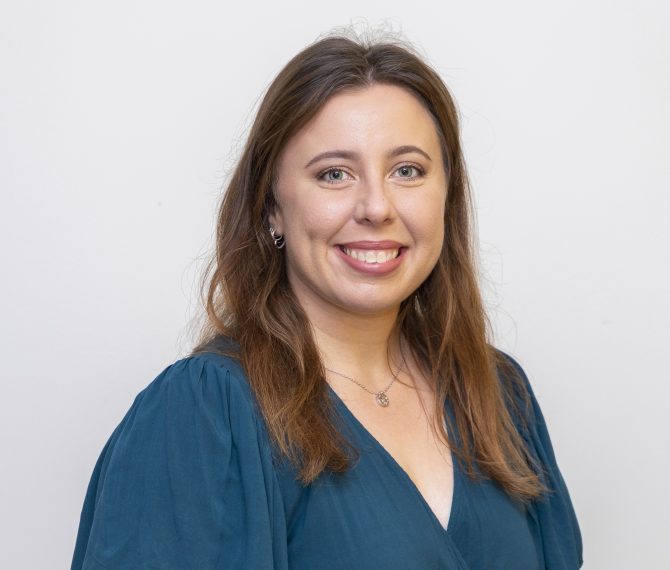
Where does your interest in bioarchaeology come from, and how does your expertise play a role in NSW heritage assessments?
For as long as I can remember, I have always had an interest in archaeology and history, and this interest led me to undertake my Masters degree in Archaeological Science, with a specialisation in forensics and bioarchaeology. Being able to combine my love of history with the human experience was something that I thought would be really interesting—being able to understand not only that people were present in the archaeological record, but uncover details about how they lived, where they were born and resided throughout their life, what food they ate, what illnesses they encountered and ultimately where/why they died, gave such a beautiful, holistic view of humanity in the archaeological record and illustrated the ways we have (and haven’t) changed throughout time.
My specialisation also allows me to be able to identify the difference between human remains and non-human (animal) remains in the archaeological record, which has played a large role in my job and within NSW heritage assessments more generally. Having this knowledge has proved extremely useful on multiple occasions, as quick and efficient identification it can mean the difference between a development continuing or not.
Can you share a memorable experience from an excavation where your discovery altered the course of the project? What were the key challenges and successes of that project?
One of my first projects with Biosis was on a large survey in Western NSW, ahead of infrastructure upgrades for the region. It was known that there was potential for human remains to exist within the landscape, due to the type of landforms and archaeological sites within the study area. While out with colleagues and Traditional Owners we identified a number of disarticulated human remains eroding out of a large oven complex site and scattered across the adjacent landscape. The infrastructure upgrades were due to go through this area, which would have impacted and destroyed these remains.
After identifying and recording the remains and their location within the landscape, we liaised with the Traditional Owners and came up with an alternative route for the pipeline corridor to transect across, which avoided and protected the human remains. We then had to report the remains to the local police and advise them that they were archaeological in nature, due to the approximate age of the bones and other diagnostic features including ancestry. Having the ability to have specialists on the ground in remote areas that could identify the difference between human and non-human remains, as well as provide alternative solutions to the client that would ensure their project moved forward while protecting the archaeology in the area, was really important and a great outcome overall. It was also really exciting personally to be able to work with human remains in an Australian context, as it is not an overly common opportunity due to the high cultural associations that are tied to these remains.
In the process of excavating and study, ethical considerations are paramount. Could you elaborate on the ethical guidelines that govern your work with human remains and how you navigate the sensitivities involved, especially in cases where there might be living descendants or cultural sensitivities?
Absolutely, ethical considerations are very important when it comes to working with human remains, especially in contexts where there may be living descendants or cultural sensitivities involved. In Australia, as in many other countries, there are ethical guidelines and protocols to govern the excavation, handling, and/or study of human remains. This extends to people of both Aboriginal and non-Aboriginal decent.
There are several legislative guidelines that we as heritage consultants must follow in NSW to ensure that the handling of these remains is done in an ethical and considerate manner, and that this handling is consistent across all situations. Typically, heritage consultants in NSW work under the National Parks and Wildlife Act 1974 or Heritage Act 1977, depending on the age and ancestry of the remains recovered. As soon as remains are found, works must stop, and the remains must be identified as either human or non-human. Should the remains be human in nature, consultants will need to determine whether they are Aboriginal or non-Aboriginal and then an assessment is undertaken.
In addition to legislation, there are ethical guidelines that heritage consultants work with to ensure the remains are handled in an appropriate manner, respecting not only the remains themselves, but also any living relatives that may be notified. One key set of guidelines provided by the Australian Institute of Aboriginal and Torres Strait Islander Studies (AIATSIS), offers guidance on working with Indigenous Australian remains. These guidelines emphasise the importance of consulting and involving Indigenous communities throughout the entire process, as it is their cultural heritage that we are dealing with. Consultation, collaboration, consent and cultural sensitivity are the four C’s I believe are the most important factors to consider when correctly and ethically handling Aboriginal human remains, however this could (and should) be applied to all human remains recovered, regardless of ancestry.
With the rapid advancements in digital technology, what are some of the most promising tools or methods you have incorporated into your role as a heritage consultant working in this specialisation?
In recent years, 3D modelling reference collections have made it significantly easier to identify what remains you have recovered in an archaeological context, as it allows for a more precise identification of diagnostic features. 3D modelling allows you to rotate the reference image and see all orientations of the bone, whereas comparatively, photographs of reference items do not always capture the diagnostic feature you have visible, therefore making it difficult to complete an assessment in the field.
Being able to have these collections on hand in the field, whether it be in an app or an offline resource collection, makes it a lot easier to provide real-time identification of remains. It can also avoid potentially lengthy delays to the project, should the remains turn out to be non-human (animal).
For aspiring heritage consultants interested in specialising in Human remains and artefacts, what advice would you give regarding skill development and career possibilities?
I would say the most important advice I have learnt over the last 6 years in the industry is to gain as much experience and make as many connections as you can. I would also say that you are more likely to deal with non-human remains than human remains in a consulting context, therefore ensuring that you have experience in both bioarchaeology and zooarchaeology will help you immensely in this line of work.
I would recommend trying to get experience where you can, as early as you can—for me personally, I was lucky enough to undertake field schools and volunteer work overseas, where I completed exhumations in Romania and Spain. While not in an Australian context, these opportunities are more readily available overseas, and largely address much of the same core aspects as is required in Australia. These experiences were able to help me hone my identification skills in real-world scenarios. If you are fortunate enough to gain experience in Australia, then a balance of human and non-human remains in a local context would assist you immensely in your future career prospects.


